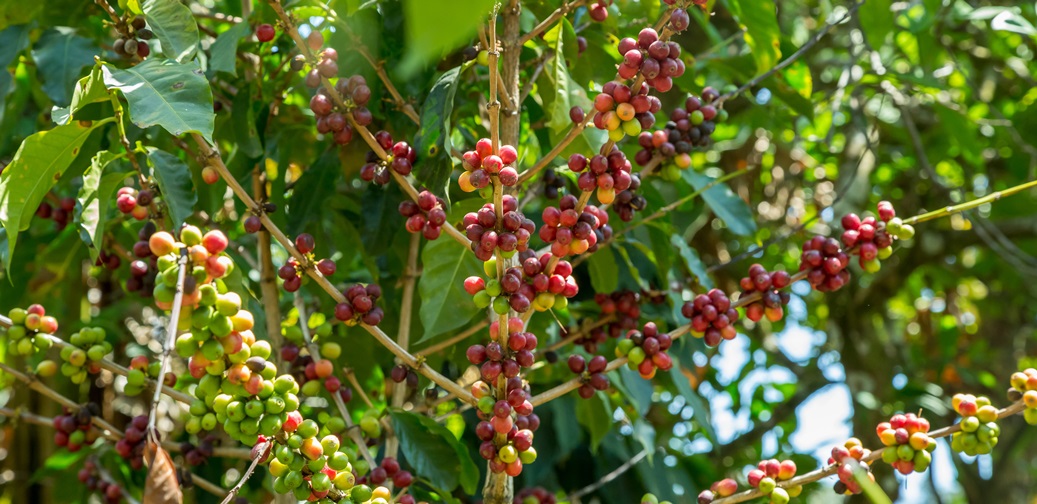Sustaining coffee production as it is practiced today will eventually lead to failure throughout the coffee industry, especially in the supply of high-quality, specialty coffees.
That’s the bad news. Now comes the good part: We do not have to be satisfied with sustaining the status quo. Instead, we can make an asserted move toward regenerative coffee.
Regenerative agriculture (then called restorative agriculture) was documented in a chapter of Storm Cunningham‘s 2002 book, The Restoration Economy. It’s a trend that’s now spreading like wildfire around the globe.
The idea of regeneration in this context — and this is what makes it different from sustainability — is that agricultural practices can build soil, leaving it healthier than before. In other words, regenerative agriculture turns dirt into healthy soil.
But it goes beyond “merely” regenerating the quantity and quality of topsoil: As Storm Cunningham describes it, regenerative agriculture includes restoring local biodiversity especially native pollinators), restoring watersheds, and sequestering carbon to accelerate climate restoration.
We have an opportunity to regenerate millions of hectares of land that will help millions of farmers and their families earn a better living by producing more and better coffee. This is one of the best chances we have for ensuring a supply of quality coffee despite the threat of climate change.
Regenerating land, however, requires money and effort. Farmers need to earn enough to invest in their farms. We will, all of us, need to make a purposeful commitment to regeneration if we are to create the change and results that we seek.
Photo of coffee “cherries” via Adobe Stock.

